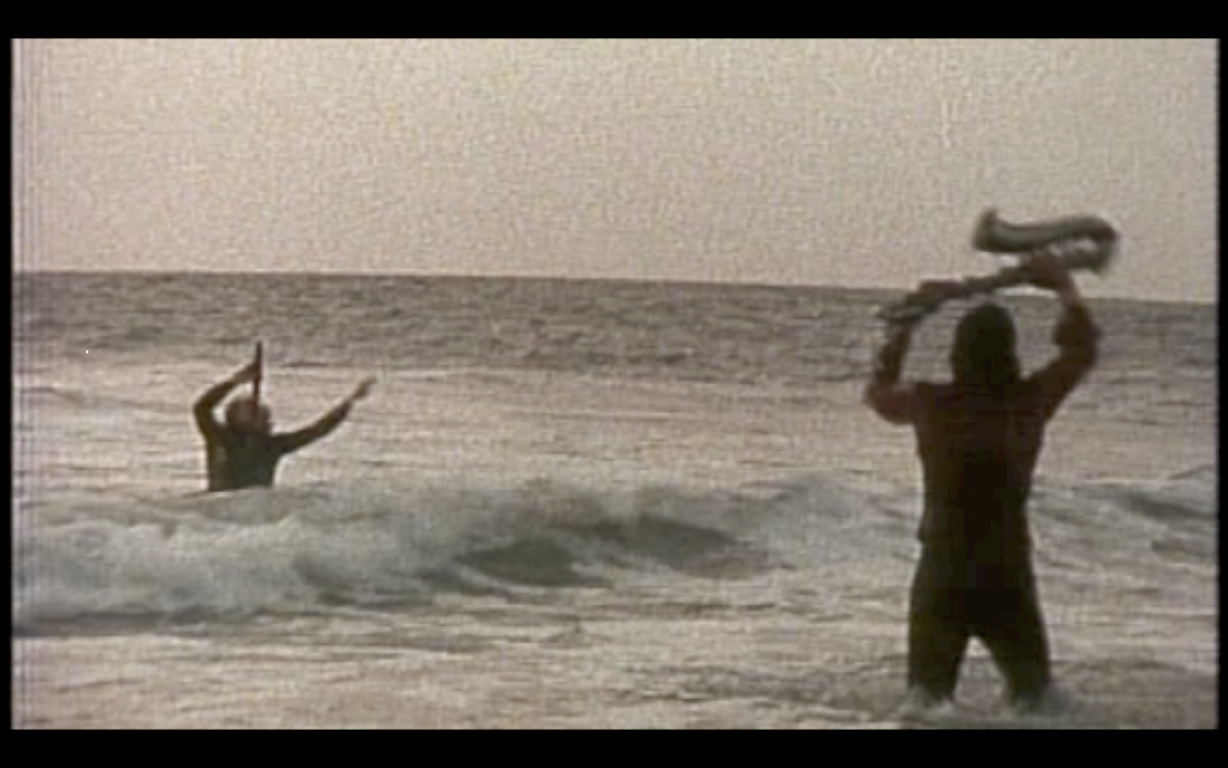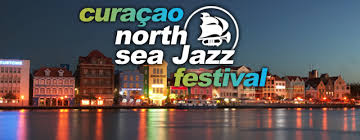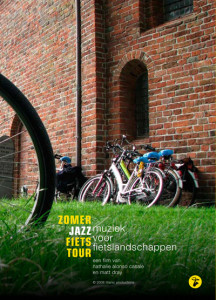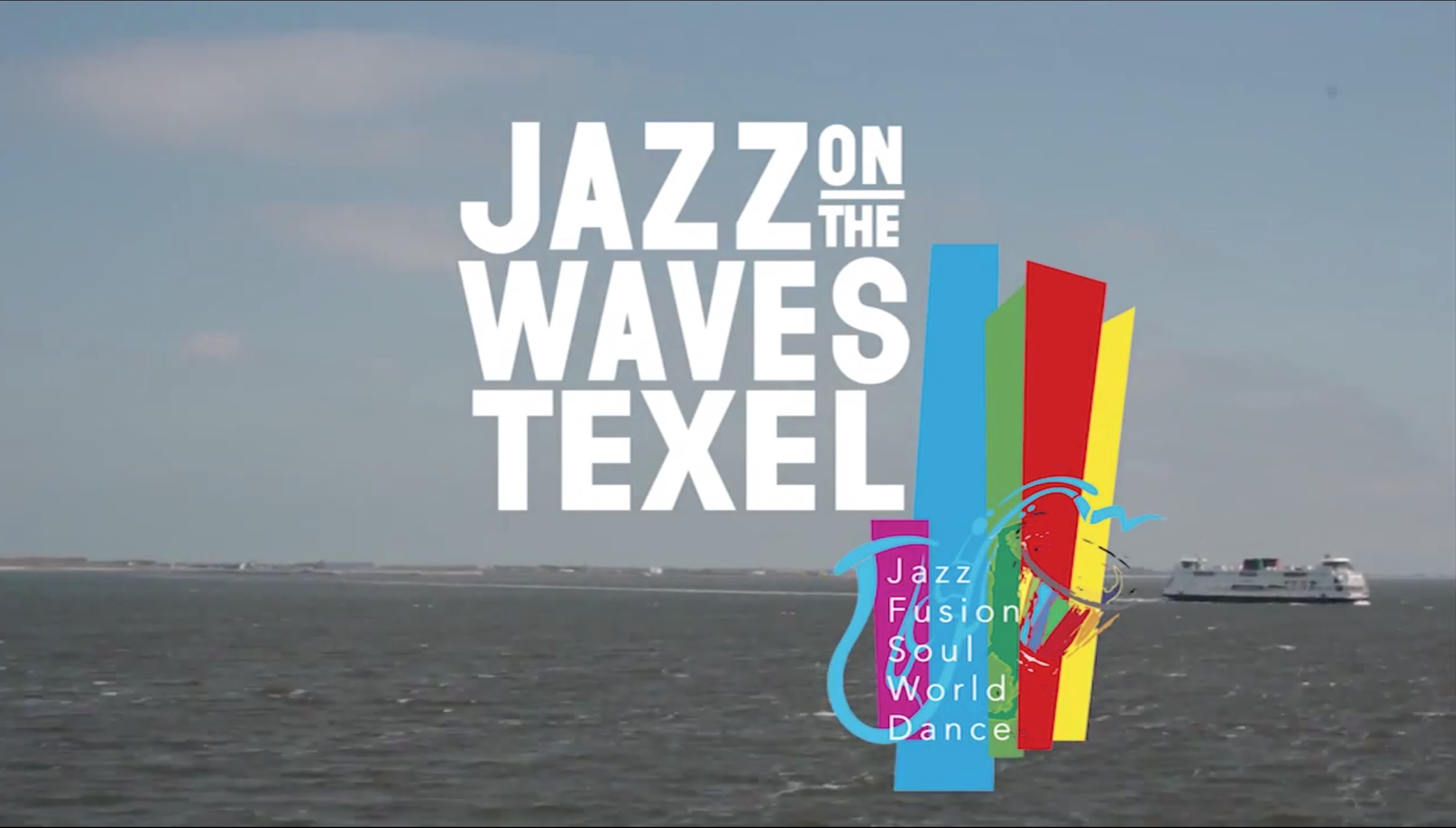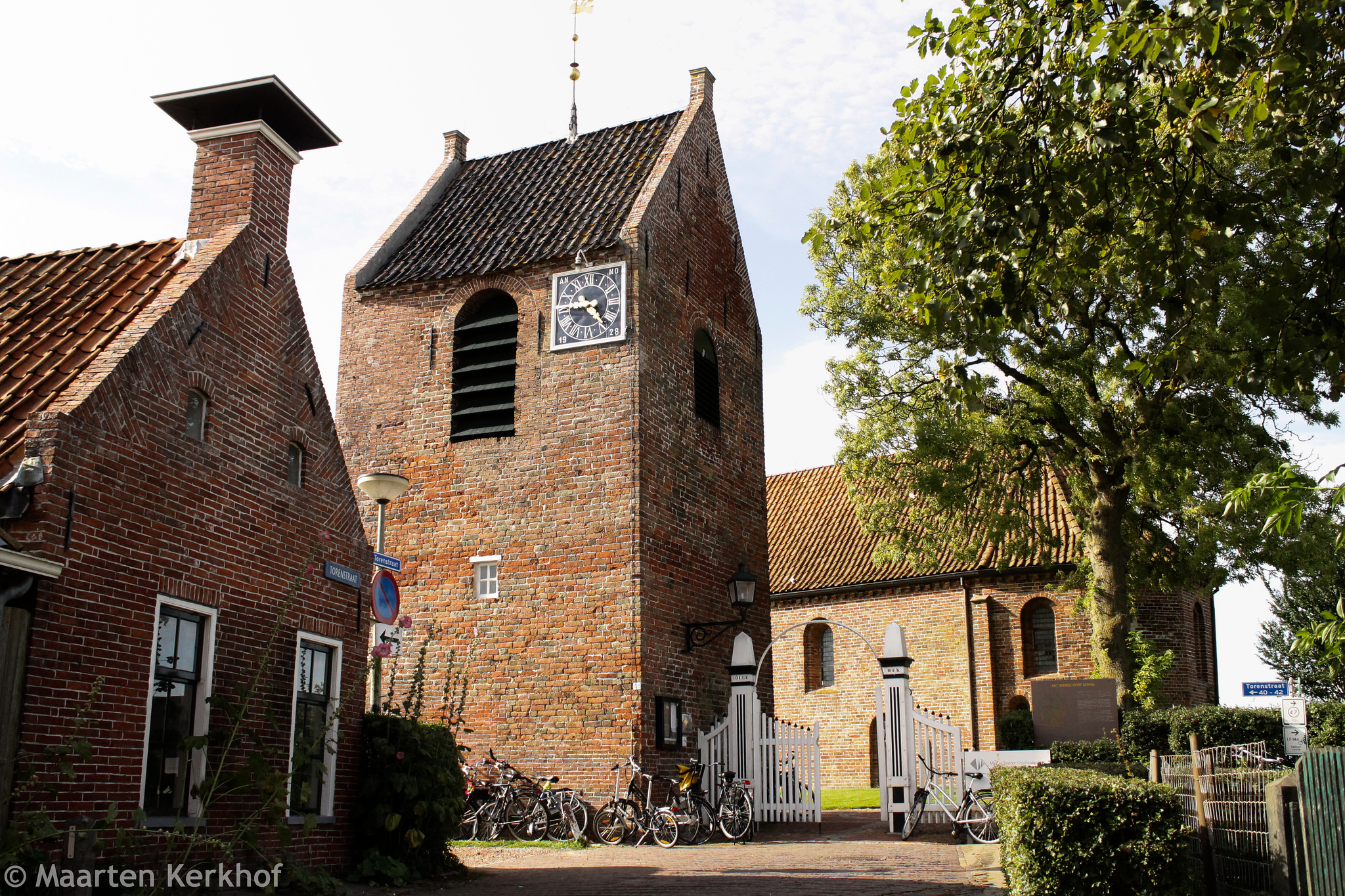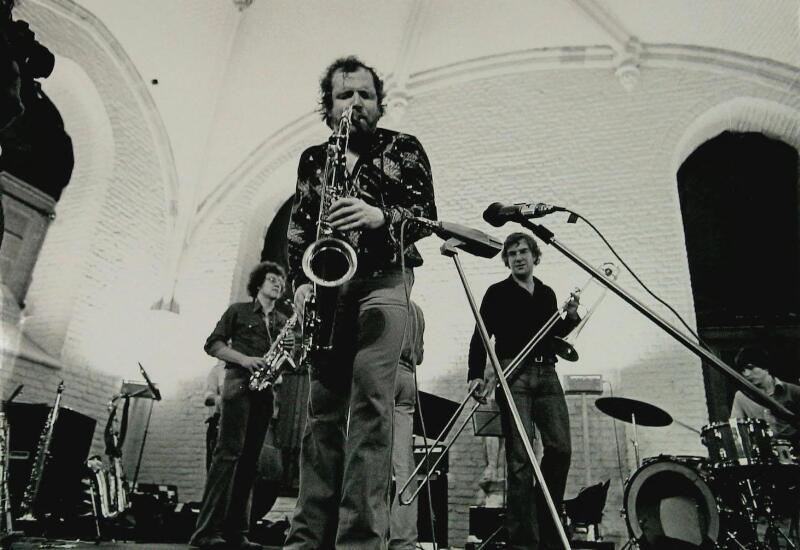
An interdisciplinary and multi-sited festival located in a historically rich area, the New Music Festival (Festival Nieuwe Muziek, FNM, 1976-2005) is an interesting site to explore one of CHIME’s research questions: How does (jazz) music facilitate a connection to heritage? In this blog I will give an overview of ways in which Dutch improvised music intersected with cultural heritage sites and cultural landscapes during the New Music Festival.
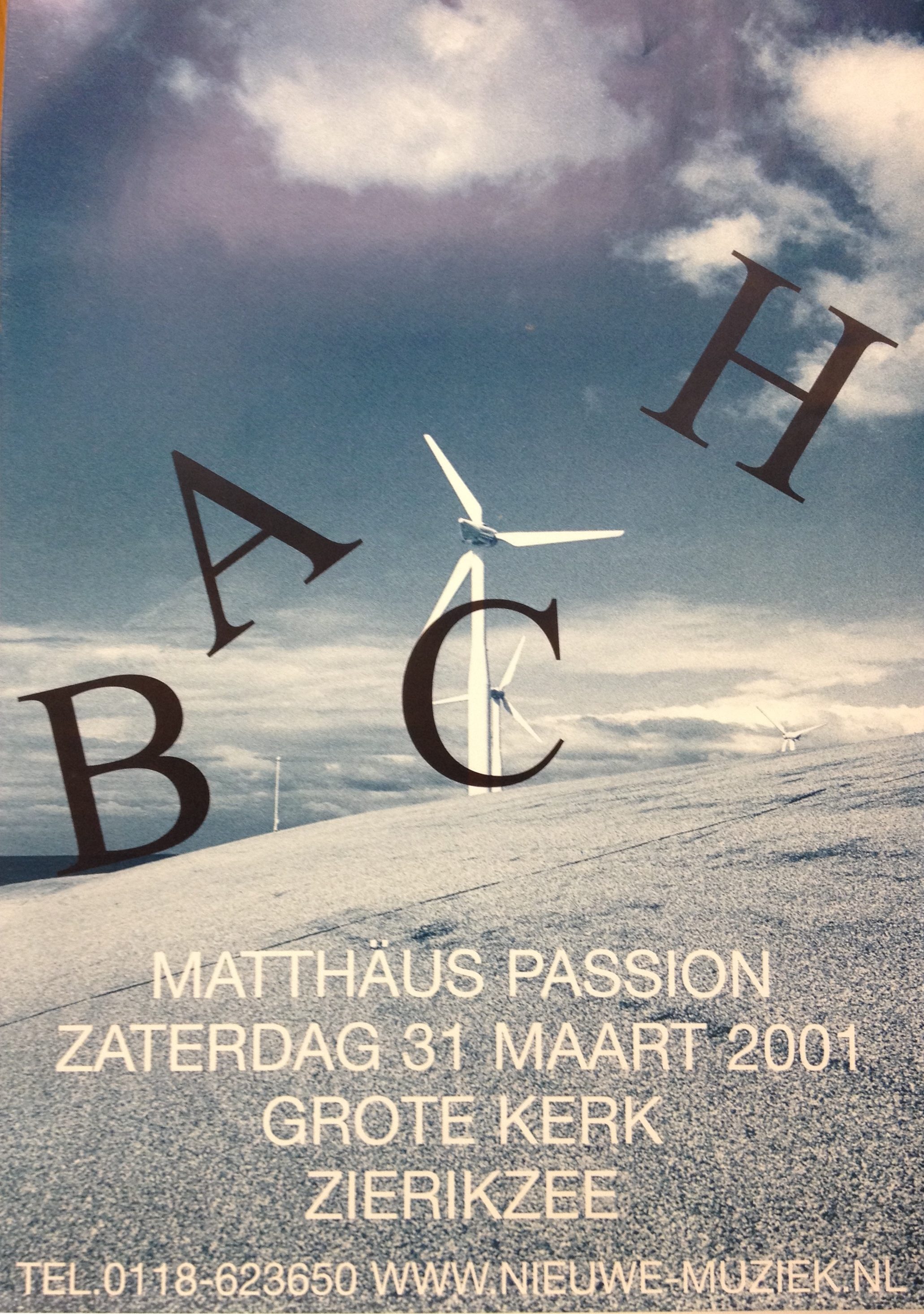 The New Music Fesival took place between 1976-2005 in Zeeland, a province in the southwestern region of the Netherlands meaning “sea land” and known as the eponym of New Zealand. The province gained wealth as a gateway to the prosperous regions of Flanders and Brabant and as a key player in the colonial trade, as Zeeland merchants, together with their fellows in Holland established Dutch East-India Company (1602) and West India Company (1621). Furthermore, the founding of the Middelburg Commercial Company (1720) gave Zeeland “majority control of the Dutch Republic’s lucrative slave trade” (Neele 2012, 289). While Holland retained its international trading position, Zeeland has increasingly focused on agricultural activities, which because of its high productivity levels and superior quality have gained international acclaim. Also, consisting primarily of islands, peninsulas and beaches, the province has become a popular tourist destination.
The New Music Fesival took place between 1976-2005 in Zeeland, a province in the southwestern region of the Netherlands meaning “sea land” and known as the eponym of New Zealand. The province gained wealth as a gateway to the prosperous regions of Flanders and Brabant and as a key player in the colonial trade, as Zeeland merchants, together with their fellows in Holland established Dutch East-India Company (1602) and West India Company (1621). Furthermore, the founding of the Middelburg Commercial Company (1720) gave Zeeland “majority control of the Dutch Republic’s lucrative slave trade” (Neele 2012, 289). While Holland retained its international trading position, Zeeland has increasingly focused on agricultural activities, which because of its high productivity levels and superior quality have gained international acclaim. Also, consisting primarily of islands, peninsulas and beaches, the province has become a popular tourist destination.
While the province has delivered state-of-the-art in terms of agriculture, tourism, and civil engineering, it has remained a rather traditional agenda in terms of culture and arts promotion. As the website of the Zeeland tourist office announces: “Zeeland is proud of its heritage and has the most museums per capita. Many of the museums focus on traditional life in Zeeland, including farming, fishing and shipping.” The focus on traditions and skills rather than on modern arts is partly informed by the religious background of the Zeeland inhabitants, which is predominantly Calvinistic and does not allow for much frivolity.
 Considering this rather conservative climate, the organisation of the New Music Festival seems all the more remarkable. The festival was part of the activities of (Jeugd & Muziek Zeeland, JMZ), a member organization of the Jeunesses Musicales International. While most departments set a more traditional course that focused on classical music, the departments of Amsterdam and the province of Zeeland proved particularly vital in the support and promotion of contemporary and experimental forms of art. Zeeland-born Van ‘t Veer (1941), both programmer of the festival and JMZ manager, played a decisive role in the organization’s radical course, which focused primarily on ground-breaking artists such as Greek-born composer Iannis Xenakis and Dutch improvising musicians.
Considering this rather conservative climate, the organisation of the New Music Festival seems all the more remarkable. The festival was part of the activities of (Jeugd & Muziek Zeeland, JMZ), a member organization of the Jeunesses Musicales International. While most departments set a more traditional course that focused on classical music, the departments of Amsterdam and the province of Zeeland proved particularly vital in the support and promotion of contemporary and experimental forms of art. Zeeland-born Van ‘t Veer (1941), both programmer of the festival and JMZ manager, played a decisive role in the organization’s radical course, which focused primarily on ground-breaking artists such as Greek-born composer Iannis Xenakis and Dutch improvising musicians.
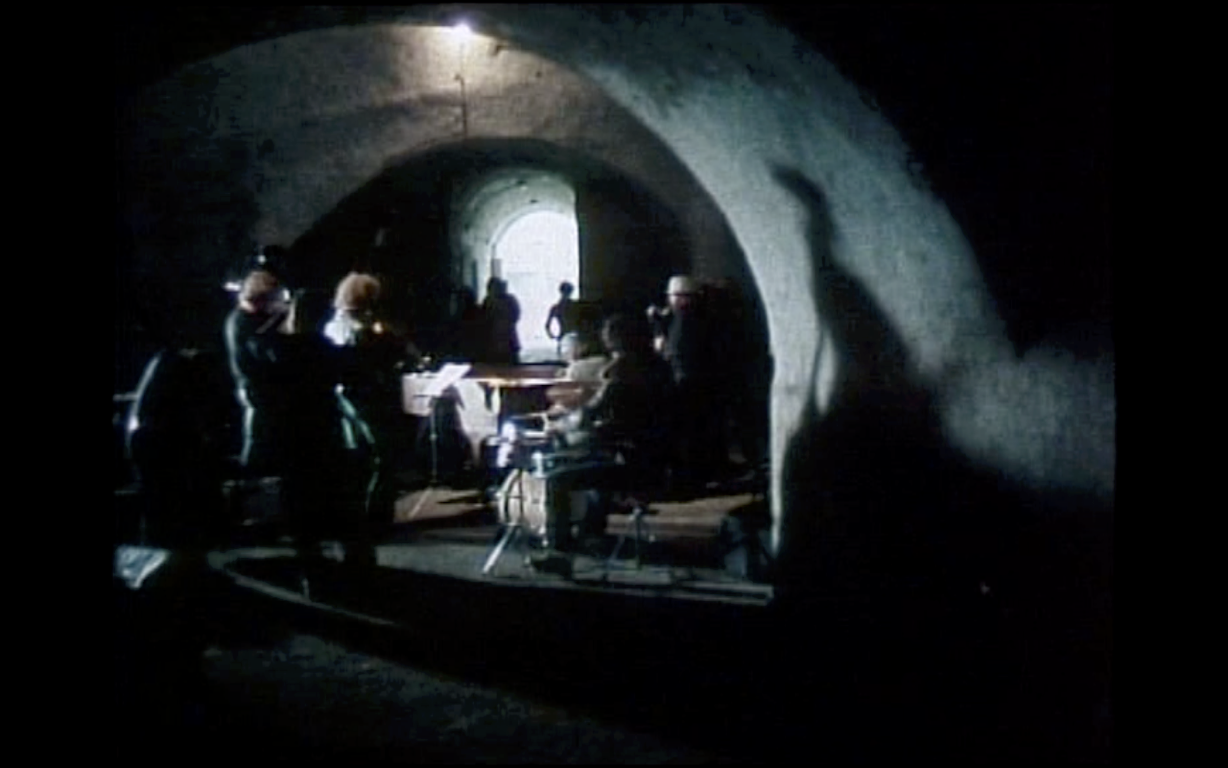
To stimulate the musicians and audience to meet in a loose, informal setting, JMZ in 1971 moved the majority of its activities from the concert hall to the street. Under the name of Muziek op Straat (“Music on the street,” 1971-1976), the association organised a series of concerts, workshops and film screenings. Van ‘t Veer, who considered improvised music specially fit for this purpose, regularly invited Amsterdam-based improvising musicians to create performances that were easily accessible to all layers of society. In 1971, for example, JMZ organized an open-air workshop including works by Ton de Leeuw, Misha Mengelberg and Daan Manneke, which from Van ‘t Veer’s installment in 1969 specifically aimed at “renegotiating the interaction between performer and listener, beyond the restrictions of the traditional concert practice.” Also, on several occasions composers wrote pieces for Lange Jan, the carillon of Middelburg, which could be heard all over town.
Likewise, the performance of the Zeeland Suite (1977) a multi-movement work for jazz septet by pianist and composer Leo Cuypers is a fascinating example of the use heritage sites as part of musical performance. Cuypers came up with the idea of an outdoor “conceptual art performance” that covered all of the province’s peninsular islands, an idea that fitted in with the JMZ’s principles. The different parts of the suite were performed on historical, industrial as well as natural sites typical for the province of Zeeland, including the medieval Haamstede Castle; the artificial island of Philipsdam; the harbour of Hoedekenskerke; the marshlands of the Westerschelde estuary; the beach at Domburg; and Fort Rammekens.
Under the pretext of “provincial promotion”—and thus provincial funding—Van ‘t Veer added a historical locomotive and a folklore group to the initial plans. One year before the suite’s performance, the construction began of the Oosterscheldekering, the largest and most ambitious of the thirteen Delta Works. Considering Van ‘t Veer’s attempts to use the Zeeland Suite as a promotional device for the province of Zeeland, it comes as no surprise that part of this project received a prominent place in the performance as well.

JMZ organized activities in different historical buildings, an idea that was born out of a lack of suiteable concert venues. Most of these buildings were owned by the local authorities and designated as “cultural space”. Before it found a suiteable, fixed concert venue, JMZ regularly organized concerts at the Vleeshal (“meat hall”), a space in the former town hall of Middelburg that was used to sell fresh meat, and the Kuiperspoort, a seventeenth century building formerly owned by the coopers’ guild and in the 1960s and 1970s acting as a youth centre. Between 1985 and 2003 the city of Middelburg allowed the JMZ, now called the Centrum Nieuwe Muziek Zeeland (New Music Centre Zeeland, NMZ) to use the Kloveniersdoelen, both as office and as a performance venue. Built in 1607 in Flemish Renaissance style it was originally home to the city’s civic guard, until the end of the eighteenth century, when it became the local headquarters of the East India Company. Because of the limited space—the venue held ca. 100 seats— NMZ in 2004 moved its headquarters to Grote Kerk Veere, a church built in the thirteenth century that also happened to accommodate the local Tourist Office. It currently still functions as the headquarters of NMZ, now known as MuziekPodium Zeeland.
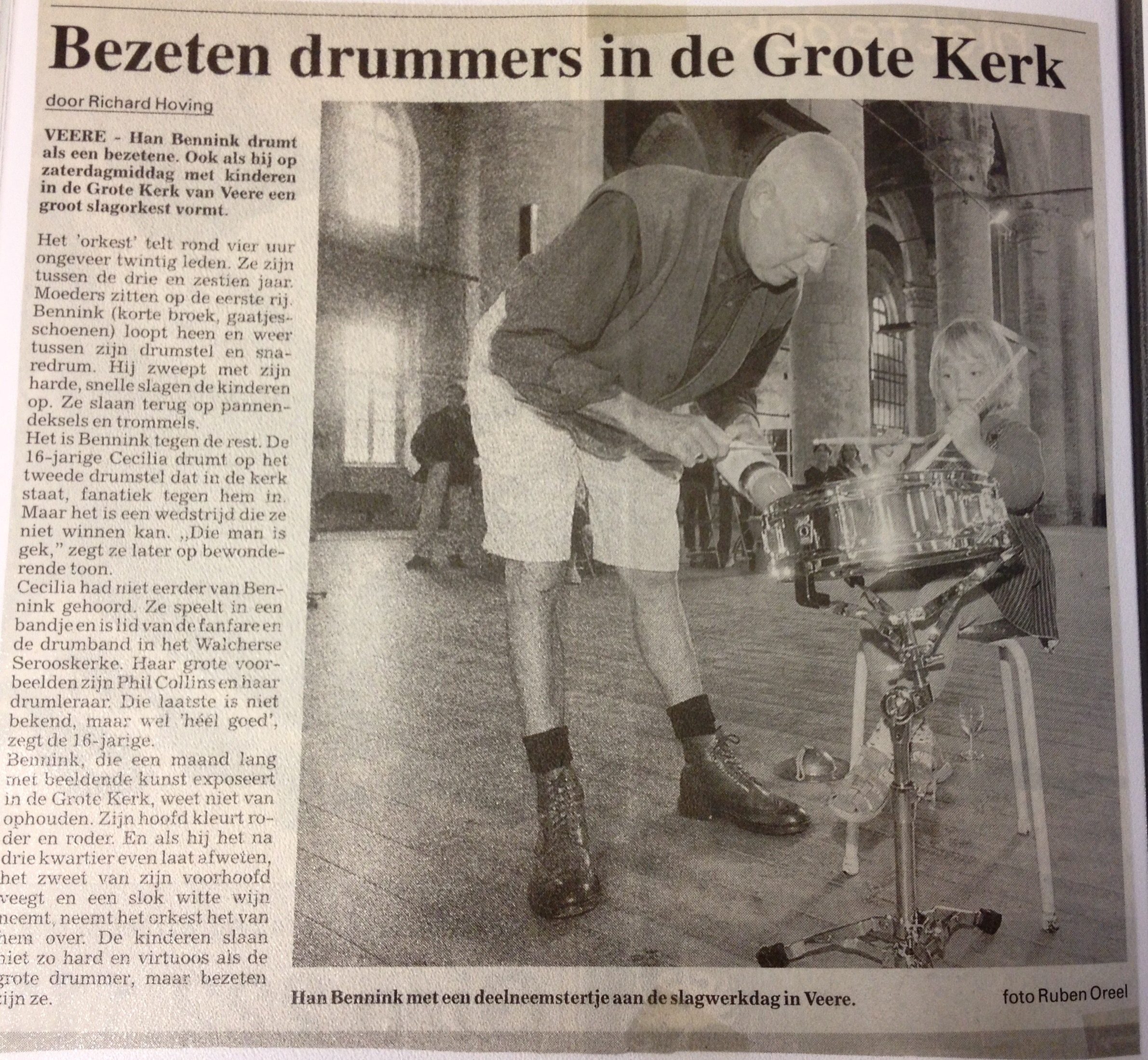
As appealing as these historic buildings were from the outside, as problematic they were as a performance space. The Kuiperspoort, for example, was hardly accessible for transport vans as it was located in the historic city centre with its narrow streets. “It is impossible to get a grand piano here,” remarked Van ‘t Veer, when asked about the Kuiperspoort. The Kuiperspoort was also infamously known for its bad acoustics, caused by the low ceiling. When in 1974 the local authorities refused to give permission to use amplifiers, JMZ cancelled the scheduled theatre performances by Orkater and Baal and limited the programming to film screenings and piano recitals.
Altogether, the monumental status of the the Vleeshal, the Kuiperspoort, the Kloveniersdoelen and Veere’s Grote Kerk challenged the re-use of the building as a performance space, as it restricted the ways in which these spaces could be adapted. Moreover, the monumental status caused restoration to be very costly. In the coming months I will be investigating further the performances that took place in these venues and the ways in which these interacted with the space.
